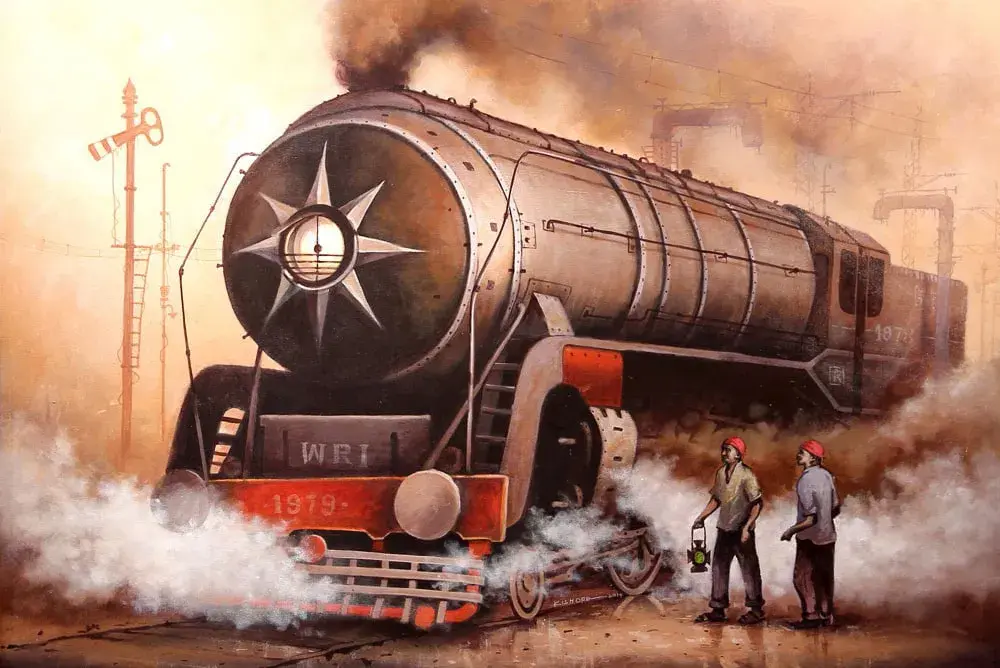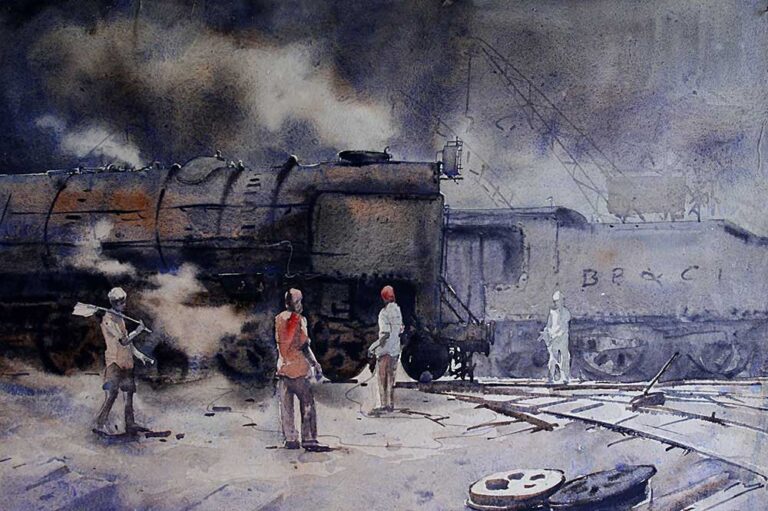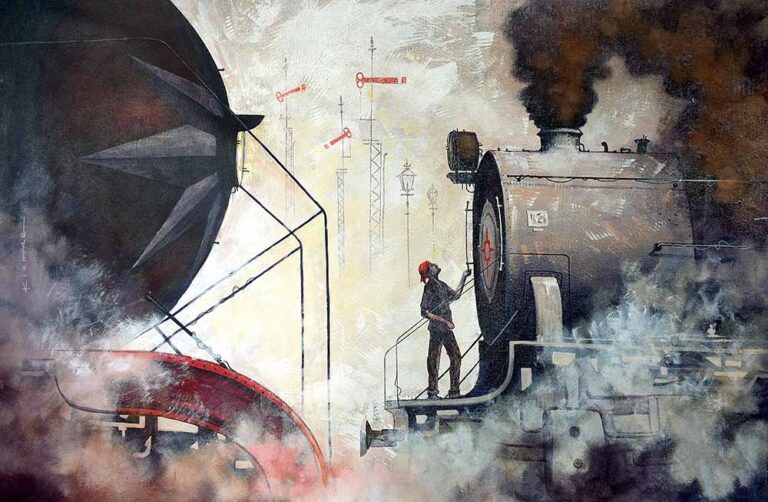The fantasy based on the locomotives works wonders in any age. Be it India or abroad, the effect of these
huge transports are never-fading.
Journey of the Locomotives
From the year February 21, 1804, in the mining town of Merthyr Tydfil, Wales, when Richard Trevithick, a British mining engineer, inventor, and explorer unveiled the first full-scale functioning railway steam locomotive, the dreams, and ideas commenced in the minds of the onlookers. Even when the locomotives came to India, for many, the grandeur of its movement became a sight to behold. Locomotives have come a long way since their inception; they are now considerably more resourceful and energy-efficient than they were when originally created. Let’s take a journey down memory lane and see how locomotives have changed through the years to become the eco-friendly powerhouses they are now, able to haul one ton of freight 480 miles on only one gallon of fuel. They have continued to be the subject of awe and appreciation.

Bringing the Past in the Paintings
Kishore Pratim Biswas is one of the painters who have always been captivated by steam locomotives. His fascination started from the time he was a child and used to visit the locomotive workshops. He used to look at those gigantic splendors with people working around them. He used to chat with these people and spend time with them. Under the shadow of the bogies, they used to sit for their meals. Mr. Biswas used to study them and make portraits of them. During his works, they used to tell about themselves to him. They had a simple and uncomplaining life. Their works at the locomotives were hard. With stubble in their fare, broken cheeks, denim uniforms, and clothes in form of ‘pagri’ or turbans on their head, they were the unnamed kings of the workshops.

These people are no more. And yet, their memories are still at large in the imagination of Mr. Biswas. His locomotive paintings show them by the side of the large locomotives, working, walking away, and so on. His paintings are the very reminiscences of these people, these locomotives of the bygone era.



